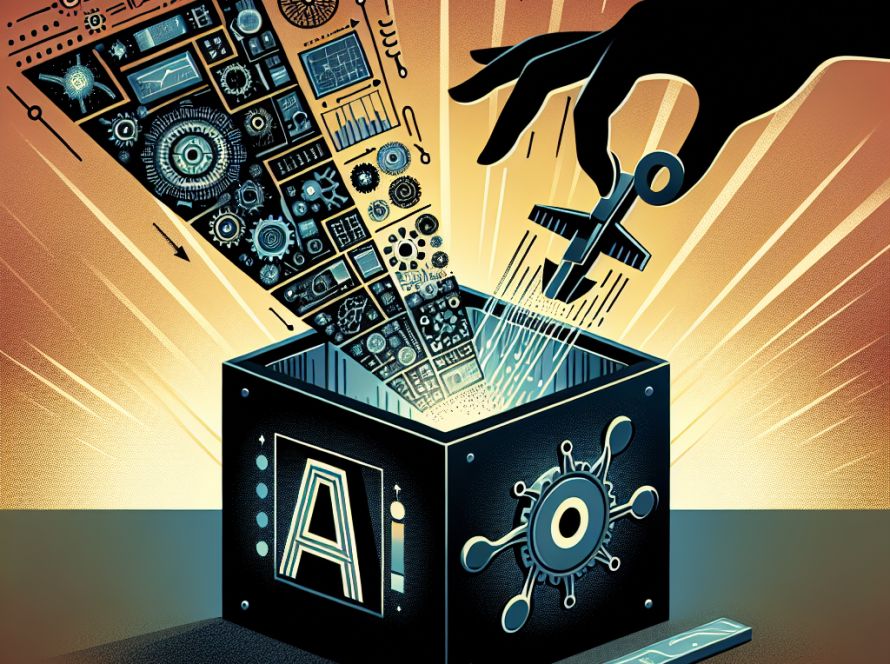The concept of a hologram recently threw fans of the virtual Japanese singer Hatsune Miku into confusion when the ‘vocaloid’ pop star’s performance was delivered via an LED screen rather than her usual holographic medium. But what exactly is a hologram and how does it work?
A hologram is a three-dimensional image produced when light is reflected and scattered off an object using a technique known as holography. The end result is similar to observing a 3D object encased within glass. This technology is more common than one might think, with holograms being utilized in everyday items such as CDs, DVDs, and various ID cards.
The creation of a hologram typically involves the use of a laser beam, beam splitters, lens, and mirrors. The laser beam is aimed at a beam splitter which separates the light into two segments, these fragments then bounce off mirrors to travel through a lens.
There are primarily two types of holograms: reflection and transmission. A reflection hologram, the more common of the two, is created when light or a laser beam bounces off the surface of an image contained within a thick emulsion, generating a 3D image. Transmission holograms, on the other hand, are formed when a light source or laser beam (of any frequency) is directed behind the hologram, transmitting the image to the viewer’s side. Yet, a transmission hologram cannot be viewed under white light. A third type, a hybrid hologram, combines aspects of both reflection and transmission holograms and often appears as the rainbow-colored holograms found in cards and decorative stickers.
Holograms are applied in various industries including medicine, where holographic images are used to visualize data for medical personnel. They are commonly used in entertainment, a notable example is Hatsune Miku’s extensive career purely constructed through holography. Late stars Michael Jackson and Tupac Shakur have also been posthumously reconstructed using holography for concerts. Furthermore, companies like Nike utilize holograms for engaging advertisements.
Interestingly, a theory proposed by physicist Juan Maldacena suggests that we may actually be living in a hologram named Earth. However, a 2015 study conducted at the California Institute of Technology dismissed this hypothesis after they were unable to detect any evidence of a holographic universe.
Moving forward, the use of holography is expected to grow with technological advancements, particularly in the entertainment sector, becoming more immersive and lifelike. In 2023, Dutch company Holoconnects began the development of “holographic video technology,” enabling the use of a person’s hologram for functionalities such as video calls and virtual conferences. Despite the ongoing scientific debate about its theoretical applications, the practicality and potential of holographic technologies continue to enthral us.


